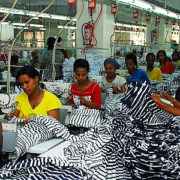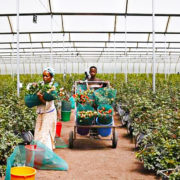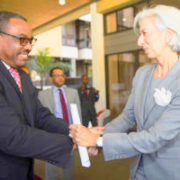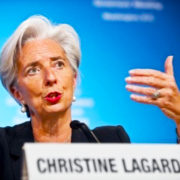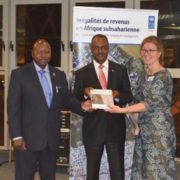Addis Ababa, December 7, 2017 (FBC) – The United Nations Development Programme launched its Income Inequality Trends in Sub-Saharan Africa report this week in Addis Ababa, Ethiopia.
Income Inequality Trends in sub-Saharan Africa: Divergence, Determinants, and Consequences explores and analyzes country trends and provides policy guidance that can help Sub-Saharan Africa reduce income inequality.
The study underlines the absence of economic diversification, high concentration of means of production, and limited distributive capacity of the state as the key drivers of inequality in the region.
The 2030 Agenda for Sustainable Development is couched within the commitment to ‘leave no-one behind’, and UNDP is thus analyzing trends in inequality to help countries develop their integrated policy approach in order to achieve the SDGs.
The study reveals that the leading countries in terms of income inequality are South Africa, Botswana, Namibia, Zambia, Central African Republic, Comoros and Lesotho. Countries such as Burkina Faso, Mali, Niger, Burundi and Guinea were ranked among the most equal in the world.
According to the study, Ethiopia offers a good example of fast growth, rapid poverty reduction and stable inequality.
The report also highlighted that the country also offers useful policy lessons for other African countries facing low agricultural productivity, high population growth and weak distributive institutions.
“Our productive safety net program which is one of the largest rural safety net programs in the developing world is instrumental in reducing poverty and inequality in rural areas,” noted Dr. Abraham Tekesete, Ethiopia’s Minister of Finance and Economic Cooperation, during the launch of the study in Addis.
He explained that a similar program was now being initiated in urban areas “to further make a dent in inequality in cities and towns.”
The UNDP study recommends that governments focus on population, macro-economic fundamentals, human development and growth, while nurturing the seeds of equity.

